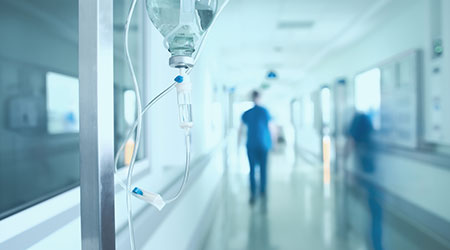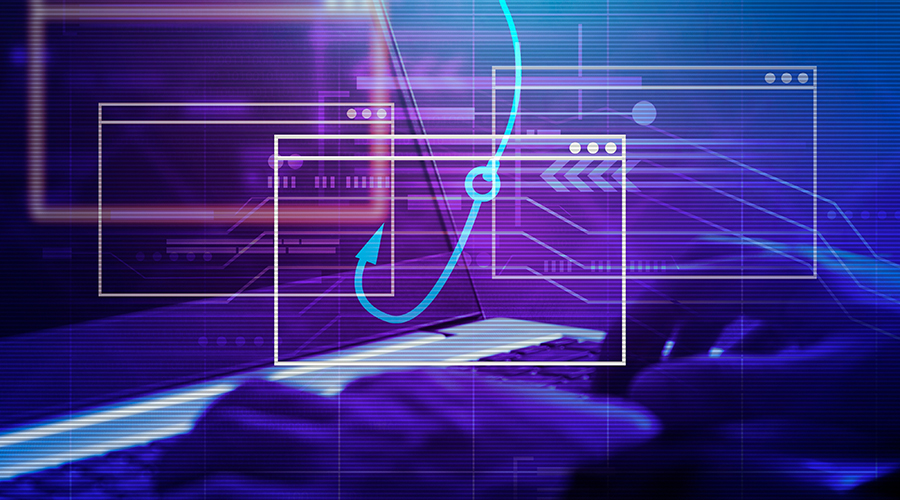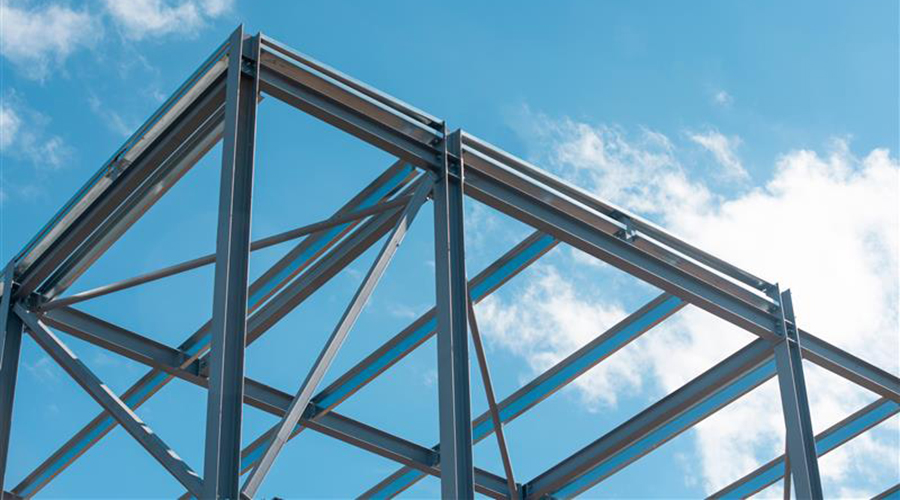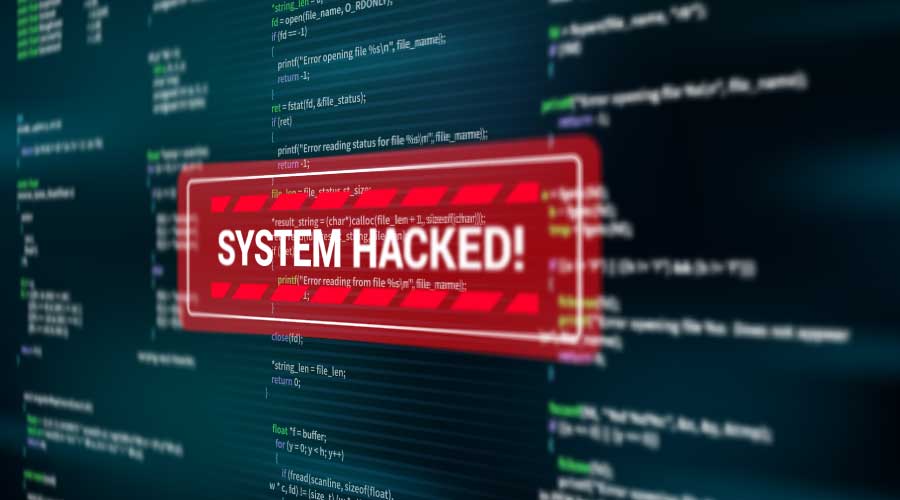Whether at hospitals, specialized care centers, nursing homes, or any other type of medical center, healthcare facilities these days are constantly trying to find a balance between a wide range of equally important priorities.
From the moment patients walk into the reception to the time they leave the premises, hospital administrators must ensure that every person receives high-quality patient care, that their stay is free of infections, and that the premises are secure and safe.
What makes this especially challenging is that they must do this with tight budgets, limited resources, and under constant regulatory monitoring.
To make all of this happen, the focus of the maintenance team should be on creating an environment that continuously supports the best delivery of each of these priorities.
With that in mind, here is a look at some of the biggest maintenance-related challenges faced by healthcare facilities today along with possible solutions.
1) Cleanliness and hygiene
Cleanliness and hygiene are essential when you want to eliminate the spread of any kind of infection.
Of course, these health-care associated infections (HAIs) or nosocomial infections are better avoided in the first place as they often come with high mortality and costs. Reducing the risk of HAIs includes a proactive and regular cleaning strategy combined with efficient and strict housekeeping, disinfection, and waste disposal schedule. Good indoor air quality, cross ventilation, and sunlight are essential as well.
Every establishment would need to design its own infection control and cleaning program as this is vital for ensuring the highest standards of cleanliness and hygiene possible.
2) Operational costs control
As healthcare costs continue to rise, a major source of concern for hospitals worldwide will be how to control their operating costs to stay profitable. In the USA, for instance, during a HealthLeaders Media industry survey of several hospitals, administrators mentioned costs as a top concern for improvement so as to reach their financial targets.
Thus, to remain afloat, there is a need to thoroughly research avenues for lowering costs. A methodology that can be used to make some quick wins in operational cost savings is lean management. Adopting lean principles in healthcare can help to minimize waste in every process through a system of continuous improvement. A typical case study of this approach is Virginia Mason.
By adopting lean, the maintenance unit and the entire healthcare organization can gain several benefits including:
●Better tracking of operating expenses and reduction of same.
●Improved efficiency practices that lead to higher productivity such as involving the staff in basic daily machine care.
●More efficient procurement (just-in-time ordering) reducing the need to tie up capital with a large stock of spare parts and inventory.
●Better workflow management and less staff waiting/idle time.
The above are some of the areas that make up the bulk of overhead expenses and total operating costs. Hospitals that make the effort to contain these expenses have an immediate advantage over those that do not.
3) Asset maintenance
The maintenance unit at any healthcare facility has a unique challenge because:
●They must keep the assets under their care in optimum condition for the comfort and convenience of everyone that uses the facility.
●They need to maintain the equipment in a manner that is sustainable and cost-effective.
●Emergencies arising from unplanned equipment shutdown may lead to serious medical issues and even loss of life.
This is why health equipment uptime and maintenance is so critical.
But, achieving this standard of service while still minimizing maintenance expenses requires skillful planning as well as using specific tools that are designed for these purposes. Fortunately, technological advancements in maintenance mean that there are now several tools available for this so the process does not have to be as tasking or hit-and-miss as it was in previous decades.
For instance, there are tools for automating several aspects of daily maintenance especially building automation systems and computerized maintenance management systems. Among other things, they save on time and labor and help to ensure that maintenance staff do not spend most of their work day resolving one emergency after the other.
Mobile-enabled CMMS, in particular, is essential for busy hospitals today. Using it, the team gets faster access to information around the clock and they can monitor what’s going on in the facility even from off-site locations. Overall, it’s a better organization and better time management for all concerned.
4) Physical security and access control
Security practices at healthcare facilities aim to protect every person that enters the facility from potential threats and to secure medical equipment from theft and vandalism.
But, the situation is compounded by constant visitor traffic, hectic emergency situations, and 24-hour operations. Continuous security incidents at these facilities such as this one at Eisenhower Health or these ones at University of Minnesota Medical Center Fairview indicate that to remain effective in handling this responsibility, it’s necessary for administrators at these facilities to be proactive about physical security.
In addition, it’s usually advisable to outsource security to experts while the facilitymanager or other designated authority retains an oversight function. Physical security can be managed through manual or automated measures or a combination of both.
Manual security
These are the more traditional security arrangements such as:
●Security officers placed at strategic locations in and around the premises.
●CCTV monitors placed at different locations while being monitored from a control center.
●Specially trained officers that serve as emergency responders in situations like fire outbreak, violence prevention, infant/patient abductions, etc.
Automated security
Automated security arrangements reduce the need for physically monitoring. For very busy facilities, it’s almost impossible to rule out security issues without some kind of automated assistance. Some applications include:
●Video surveillance solutions with real-time reporting of security situations to designated personnel.
●Remote monitoring of life-saving systems such as fire alarms and fire suppression systems.
●IoT-enabled security systems that control access to restricted areas. For example, intelligent door locking systems or Smart Locks that can be configured for different levels of authority and will send notifications to mobile apps in real-time.
5) Energy efficiency
Due to the 24/7 services that most hospitals offer plus the different equipment, systems, and back-up systems they run, energy consumption in this industry is high. Figures from the Premier Safety Institute indicate that healthcare is the second most energy-intensive industry in the USA. Also, every year hospitals spend more than $10 billion in energy-related costs.
This is why many countries now require that healthcare facilities implement measures to reduce energy usage. Definitely, this pressure from different angles means that these organizations would be interested in ways to reduce energy consumption without jeopardizing vital services.
To deal with these challenges in a sustainable manner, healthcare concerns can utilize intelligent tools for monitoring and controlling high energy-consuming systems. Of particular interest are energy management systems (EMS). Through a combination of meters, sensors, and software, information is collected from major areas like HVAC and lighting and the data is used to monitor energy consumption, track billing errors, report energy savings, etc.
In conclusion
Despite the various challenges and pressures that healthcare facilities face today, modern maintenance management techniques offer them a chance to function under tight budgets but still maintain patient satisfaction.
This can be achieved faster and with better end results by using proactive ideas for creating and maintaining a safe and healthy environment.
Bryan Christiansen is the founder and CEO at Limble CMMS.

 Henry Ford Health to Pay Settlement in Data Breach Lawsuit
Henry Ford Health to Pay Settlement in Data Breach Lawsuit Shots Fired Inside Kentucky Hospital
Shots Fired Inside Kentucky Hospital Ground Broken on Expansion of UNM Hospital Children's Psychiatric Center
Ground Broken on Expansion of UNM Hospital Children's Psychiatric Center What Amenities Can Relieve Stress at Children's Hospitals?
What Amenities Can Relieve Stress at Children's Hospitals? Riverview Health Experiences E-mail Account Data Breach
Riverview Health Experiences E-mail Account Data Breach